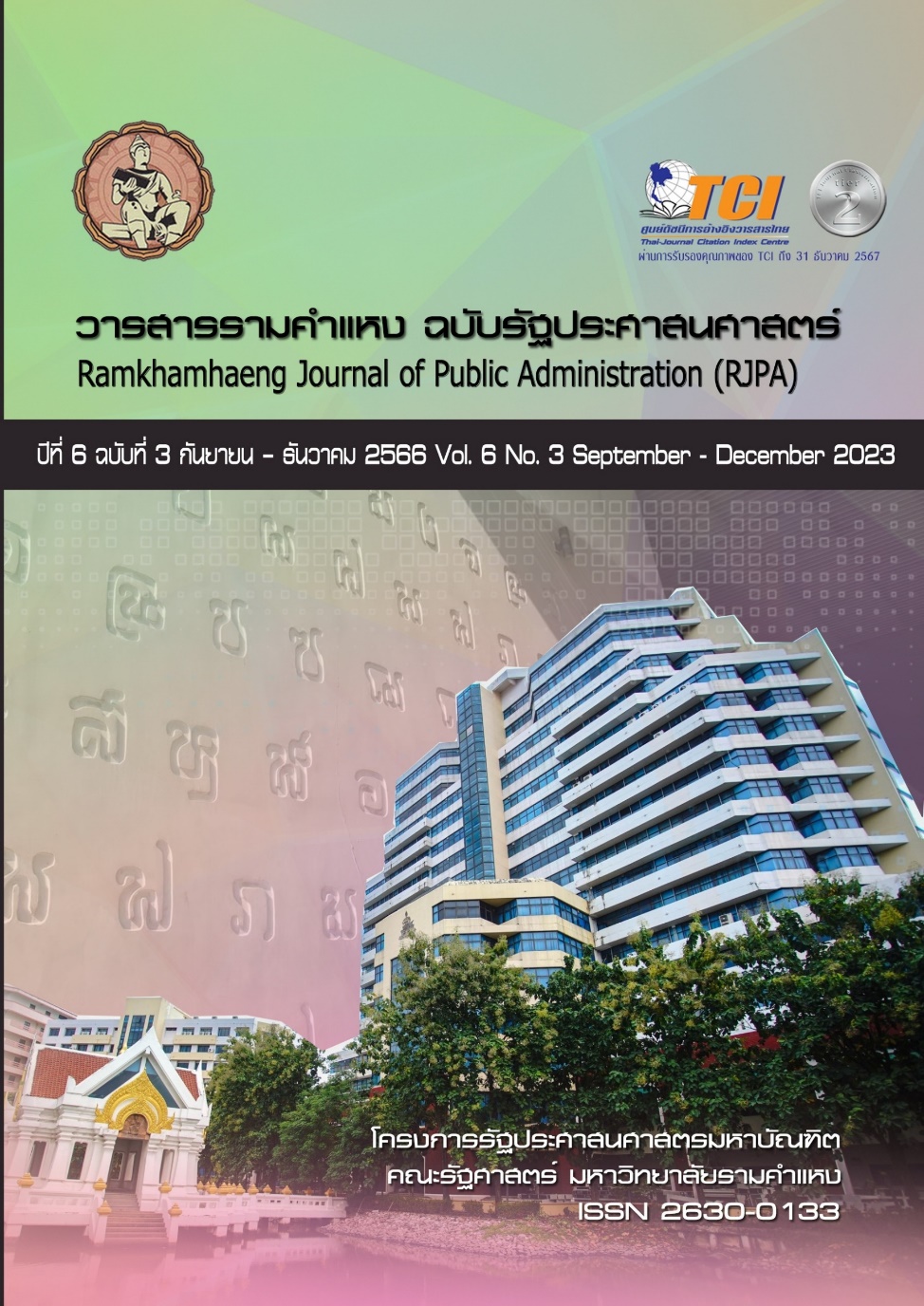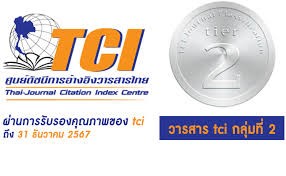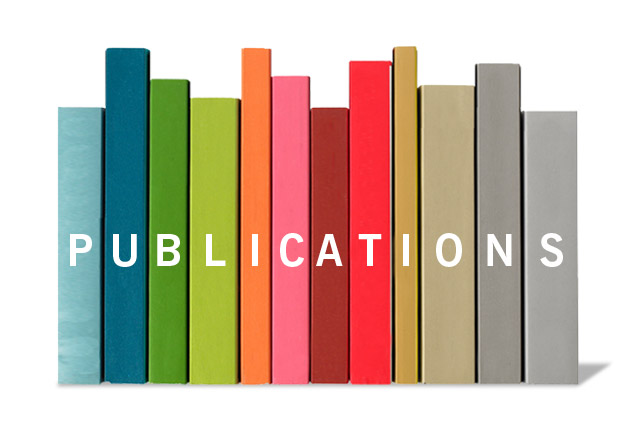อำนาจของอังกฤษในการควบคุมจำกัดอุปทานยางกับความขัดแย้งผลประโยชน์ของอุตสาหกรรมรถยนต์สหรัฐอเมริกาหลังสงครามโลกครั้งที่1 (British hegemony and restrictions on rubber supply after World War I and competing interests in the United States auto industry)
Abstract
บทคัดย่อ
ปลายศตวรรษที่19 อังกฤษได้นำยางพาราจากบราซิลมาปลูกในพื้นที่อาณานิคมมาลายู จนทำให้เอเชียตะวันออกเฉียงใต้ได้กลายเป็นแหล่งวัตถุดิบยางพาราที่ใหญ่ของโลกในช่วงต้นศตวรรษที่20 ซึ่งก่อนนี้อุตสาหกรรมรถยนต์ของยุโรปและสหรัฐอเมริกาต้องพึ่งพายางธรรมชาติจากบราซิล ต่อมาเมื่ออุตสาหกรรมรถยนต์ยุโรปและสหรัฐอเมริกาขยายตัวในต้นศตวรรษที่20 ทำให้อังกฤษเห็นโอกาสของกำไรจากพืชเศรษฐกิจชนิดนี้จึงได้ส่งเสริมปลูกยางพาราเป็นจำนวนมากในอาณานิคมของอังกฤษ แต่ต่อมาหลังสงครามโลกครั้งที่1 เมื่อยางพารามีมากเกินความต้องการนำไปสู่ราคาตกต่ำ เพราะอุตสาหกรรมผลิตรถยนต์ในยุโรปได้รับความเสียหายอย่างมากในช่วงสงครามโลกครั้งที่1 แต่อุตสาหกรรมการผลิตรถยนต์ในสหรัฐอเมริกามีการเติบโตและขยายตัว และช่วงเวลาดังกล่าวอุตสาหกรรมรถยนต์สหรัฐอเมริกาเป็นผู้บริโภควัตถุดิบยางพารารายใหญ่จากอาณานิคมอังกฤษถึง75% อุตสาหกรรมรถยนต์สหรัฐได้ประโยชน์จากการที่ปริมาณยางพารามีล้น และถือเป็นความมั่นคงด้านวัตถุดิบที่จะลำเลียงป้อนให้อุตสาหกรรมรถยนต์ของสหรัฐอเมริกา เมื่อราคายางพาราตกต่ำทำให้อังกฤษและรัฐบาลของอาณานิคมได้ออกมาตรการ Stevenson Restriction เพื่อควบคุมการส่งออกอุปทานยางพารา ส่งผลให้อุตสาหกรรมรถยนต์ของสหรัฐเกิดความขัดแย้งในผลประโยชน์ ระหว่างอุตสาหกรรมรถยนต์กับผู้ผลิตวัตถุดิบยางพารา ส่งผลทำให้ Ford Motor Company ได้ไปลงทุนปลูกยางในประเทศบราซิล2.5ล้านเอเคอร์ และ Harvey S. Firestone ได้ลงทุนปลูกยางในประเทศไลบีเรีย1ล้านเอเคอร์ การลงทุนสร้างสวนยางพาราขนาดใหญ่ของFord Motor CompanyและHarvey S. Firestone ต่างก็ไม่ประสบความสำเร็จในการปลูกยางเพราะการลงทุนในพื้นที่ขนาดใหญ่ถึง1ล้านเอเคอร์นั้น การบริหารจัดการพบอุปสรรคมากมาย ซึ่งแตกต่างกับการปลูกยางในอาณานิคมมาลายูของอังกฤษ ที่มีลักษณะเป็นหุ้นส่วนแบ่งผลประโยชน์ทางธุรกิจกับพ่อค้าชาวจีนในท้องถิ่น
Abstract
In the late 19th century, British brought rubber from Brazil and planted it in the British Malaya resulting in Southeast Asia becoming the world's largest source of rubber raw materials in the early 20th century. Prio to this, the European and American automobile industries relied on natural rubber from Brazil. Later, in the early 20th century, the European and American automobile industries expanded, thus the British foresaw the opportunity for profits from this type of economic crop. Therefore, a large numbers of rubber cultivation had been promoted in their colonies. However, following World War I, rubber was oversupplied leading to the price falling as the automobile industry in Europe suffered greatly during World War I. On the contrary, the automobile manufacturing industry in the United States was growing and expanding. During that time, the US automobile industry was a major consumer of 75% of rubber raw materials from the British colonies. The US automobile industry benefited from rubber oversupply and was considered as the raw materials security that supplied the automobile industry of the United States. The fallen rubber price causing the British and colonial government to issue the Stevenson Restriction to control rubber export, hence, the US auto industry had a conflict of interests between the automobile industry and rubber raw material producers. Then, Ford Motor Company, invested in planting 2.5 million acres of rubber in Brazil, and Harvey S. Firestone invested in Liberia about 1. million acres. By investing in large-scale rubber plantations, neither the Ford Motor Company nor Harvey S. Firestone was successful in growing rubber as they encountered a great deal of management obstacles. This was different from rubber plantations in Malayan colonies that had the characteristics of a partnership; sharing business interests with local Chinese merchants.




 Publication Policy (นโยบายการตีพิมพ์บทความ)
Publication Policy (นโยบายการตีพิมพ์บทความ) Publication Ethics (จริยธรรมการตีพิมพ์บทความ)
Publication Ethics (จริยธรรมการตีพิมพ์บทความ)